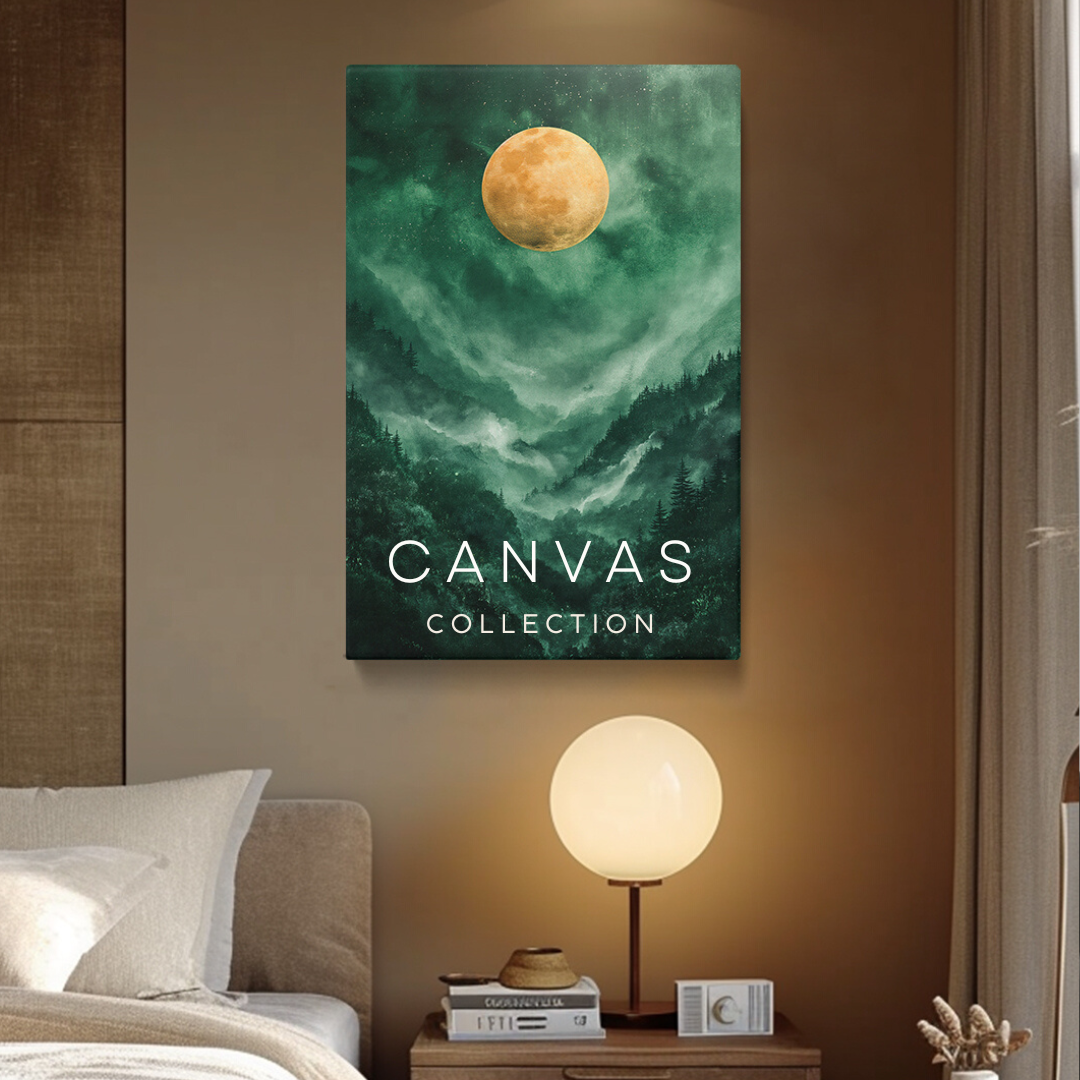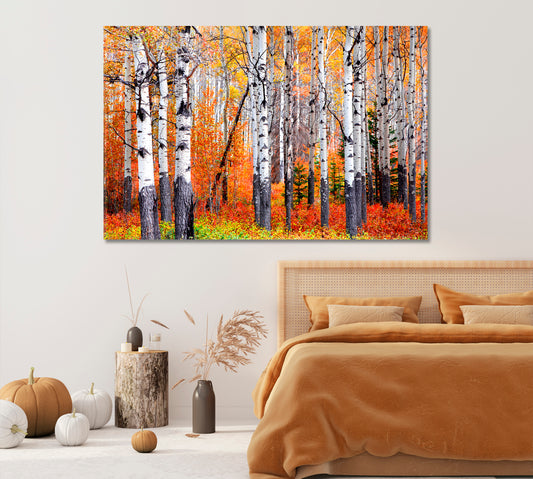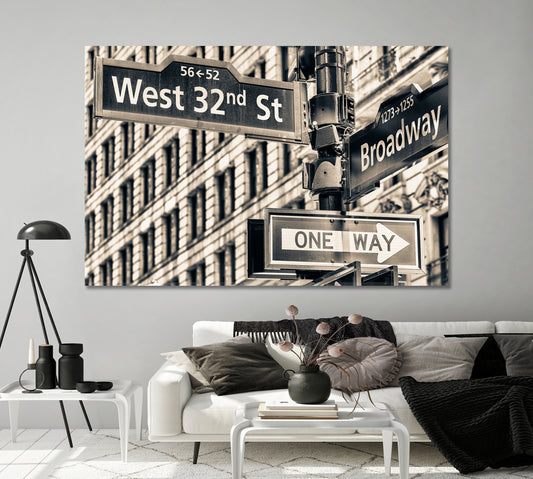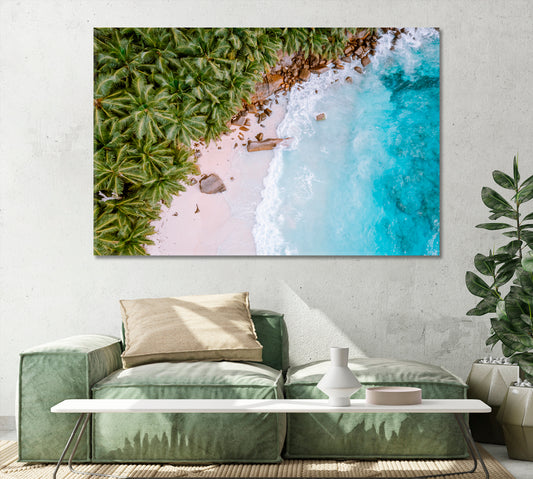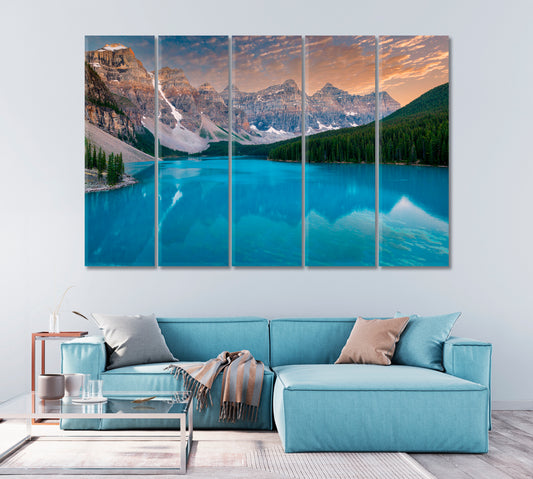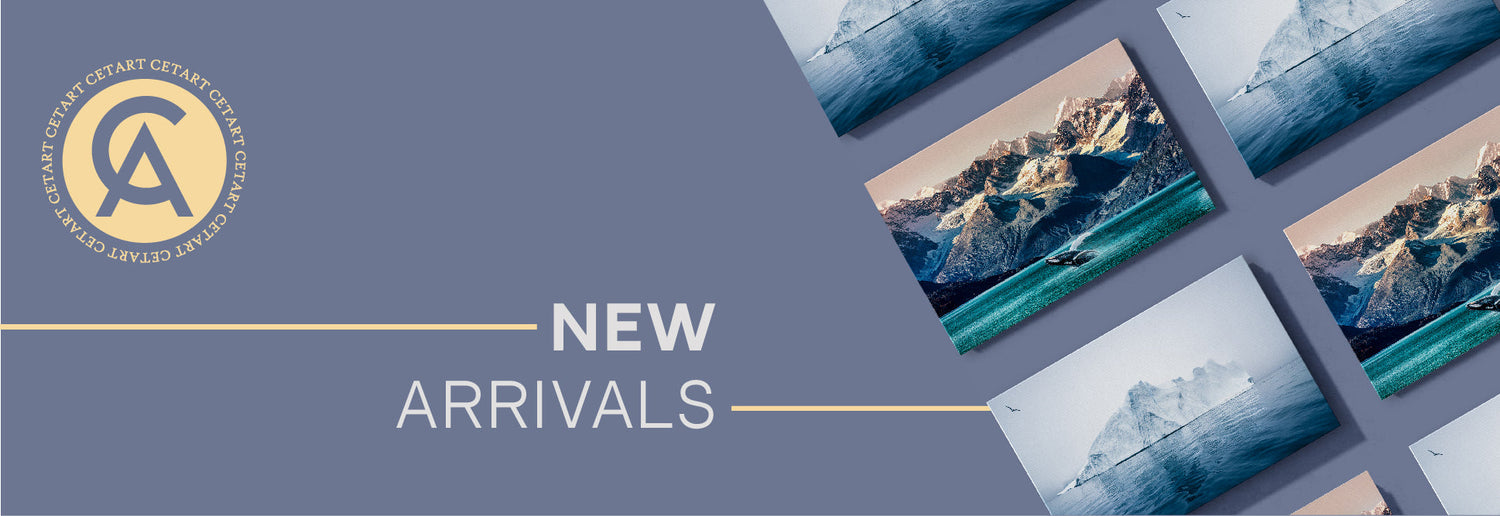
Wall Art Decor
Share
Wall Art Decor
Wall art decor encompasses a broad range of artworks and decorative elements specifically designed to embellish and enhance the aesthetic appeal of walls within interior spaces. Unlike traditional art pieces that might be showcased in galleries or museums, wall art decor serves dual functions: it is both an artistic expression and a design element aimed at complementing the ambiance, mood, and decor of a specific environment, be it a home, office, or public space. In the context of contemporary art, wall art decor often transcends mere aesthetics; it becomes a medium to convey societal values, personal sentiments, cultural narratives, or avant-garde ideas. Materials and mediums can vary widely, from prints, paintings, and sculptures to digital installations, textiles, and even interactive pieces. The intention is not just to fill a space on the wall but to integrate art seamlessly into everyday living spaces, fostering a direct interaction between the art and the viewer.

History and development of wall art decor
The history of wall art decor is as old as human civilization itself, with its origins traced back to ancient cultures and societies. However, the journey from ancient to contemporary wall art decor is marked by evolving aesthetics, techniques, and societal values.
- Ancient Beginnings: Ancient civilizations like the Egyptians, Greeks, and Romans adorned their walls with murals, frescoes, and intricate patterns. These not only showcased their artistic prowess but also had religious, cultural, or political significance.
- Middle Ages and Renaissance: As we move towards the medieval period, religious narratives dominated wall art, especially in the form of stained glass windows and frescoes in churches and cathedrals. The Renaissance period witnessed a surge in the use of wall art for personal and private spaces, with frescoes and tapestries depicting mythological and historic tales.
- Baroque to Romantic Era: The ornate styles of the Baroque and Rococo periods celebrated luxury, with gilded frames and intricate details. This shifted in the Romantic era, where nature and emotion-driven scenes became prominent.
- 20th Century: With the advent of the 20th century, wall art decor began reflecting rapid societal changes. The emergence of modern art movements like Cubism, Surrealism, and Abstract Art redefined wall art, moving away from realism and exploring new forms and mediums.
- Contemporary Shifts: The late 20th and 21st centuries have seen wall art decor embracing digital technology, leading to the rise of digital prints, 3D installations, and mixed media art. Themes became more diverse, addressing global issues, personal identities, and abstract concepts.
- Impact of Globalization and Technology: With globalization, there has been an increased blending of cultural art styles. Moreover, the rise of digital technology has democratized wall art decor, making it more accessible. Artists and consumers alike can now share and purchase art globally, leading to a wider dissemination and appreciation of diverse art forms.
History and development of wall art decor mirror the evolution of human society, reflecting its values, aspirations, and challenges. From ancient murals to digital installations, wall art decor has continuously transformed, shaping and being shaped by the zeitgeist of each era. Contemporary wall art decor stands as a testament to this dynamic interplay between art, society, and individual expression.
In essence, contemporary wall art decor is characterized by its fluidity, adaptability, and reflection of current societal values and challenges. It's more than just decoration; it's a dialogue between the artist, the space, and the viewer.

Types of wall art decor
The world of contemporary wall art decor is vast and varied, offering a plethora of types to cater to different tastes, spaces, and aesthetic intentions. Here's an overview of some prominent types:
- Prints and Posters: These are perhaps the most accessible forms of wall art decor. They encompass a range of styles, from photographic prints to digital art, graphic designs, and reproductions of classic paintings.
- Paintings: While traditional in nature, paintings continue to be a favorite. They range from oil and acrylic to watercolor and mixed media, each offering a distinct visual and textural experience.
- Tapestries and Textiles: Fabric-based art adds a tactile element to wall decor. This category includes woven tapestries, embroidered pieces, quilts, and other textile arts.
- Metal and Wood Art: Sculpted or carved pieces made from metals like bronze, copper, or aluminum, or wood, provide a three-dimensional aspect to wall decor, often casting intriguing shadows and offering a more tactile experience.
- Murals: These are large-scale paintings or artworks applied directly to walls. They can transform an entire space and often hold significant artistic or social narratives.
- Digital and Interactive Art: Leveraging technology, these pieces might change dynamically or respond to viewer interaction. They can incorporate screens, projections, or sensors.
- 3D Installations: These are sculptural pieces designed for wall display. They protrude from the wall, engaging viewers from multiple angles and sometimes inviting touch or interaction.
- Collage and Mixed Media: Combining various materials like paper, fabric, metal, or even found objects, these artworks offer a multi-layered visual experience.
- Glass and Ceramics: Stained glass panels, glass sculptures, or ceramic plaques can add a colorful and light-reflecting element to wall decor.
- Photographic Art: Beyond standard photos, this category includes large-scale prints, digitally altered images, and series that tell a story or convey a thematic message.
- Neon and Light Art: Using neon, LED, or other light sources, these pieces illuminate spaces and often convey modern or futuristic vibes.
- Eco or Sustainable Art: Made using recycled or environmentally friendly materials, this type represents a blend of creativity and ecological responsibility.
- Cultural and Tribal Art: Representing indigenous or specific cultural motifs, patterns, and techniques, these pieces bring a rich historical and cultural essence to spaces.
Each type of wall art decor brings with it a unique aura and character, allowing individuals or designers to choose pieces that resonate most with their vision for a space. In contemporary settings, it's also common to mix and match various types, creating eclectic and layered visual narratives.
Role of canvas prints in wall art decor
Canvas prints have carved a significant niche for themselves in the realm of contemporary wall art decor. Their popularity and integration can be attributed to several factors:
- Versatility: Canvas prints seamlessly blend into various interior design themes, be it modern, rustic, eclectic, or traditional. Their ability to complement diverse decor styles has augmented their widespread acceptance.
- Affordability: Compared to original paintings or certain art forms, canvas prints offer an economical alternative. This has democratized art, making it accessible to a broader audience.
- High-Quality Reproductions: Modern printing technology ensures that canvas prints can reproduce artworks, photographs, or digital art with a high degree of fidelity, capturing intricate details and vibrant colors.
- Durability: With the right printing techniques and coatings, canvas prints are resistant to UV rays and moisture, ensuring longevity and making them suitable for various settings, including humid areas.
- Dimensional Depth: The texture of the canvas gives prints a painterly quality, adding a three-dimensional depth that elevates the visual experience compared to standard prints on paper.
- Customization: Canvas prints allow personalization. Whether it's a cherished family photo, a digital artwork, or a photograph from a memorable trip, it can be printed on canvas to create personalized wall decor.
- Varied Size Options: Whether one needs a statement piece for a vast wall or smaller prints for a gallery wall arrangement, canvas prints can be tailored to various sizes without compromising on quality.
- Lightweight and Easy Installation: Canvases are considerably lighter than many other wall decor forms, like metal or wood art. This makes them easier to transport, install, and shift as per decor changes.
- Adaptability: Canvas prints are not limited to reproductions of paintings. They're a medium for photographers, digital artists, and graphic designers, broadening the spectrum of what is considered 'wall art'.
- Environmental Benefits: Canvas, especially when sourced sustainably, can be an eco-friendly option. It's biodegradable, contrary to plastic-based materials or certain kinds of treated paper.
- Expanding Art Accessibility: For art enthusiasts who may not be able to acquire original pieces by renowned artists, canvas prints provide an avenue to enjoy and showcase such art in their spaces.
Canvas prints play a pivotal role in modern wall art decor. They offer a harmonious blend of quality, affordability, and versatility, making them an appealing choice for decorators and homeowners alike. Their role in democratizing art and making it an integral part of contemporary living spaces cannot be overstated.

